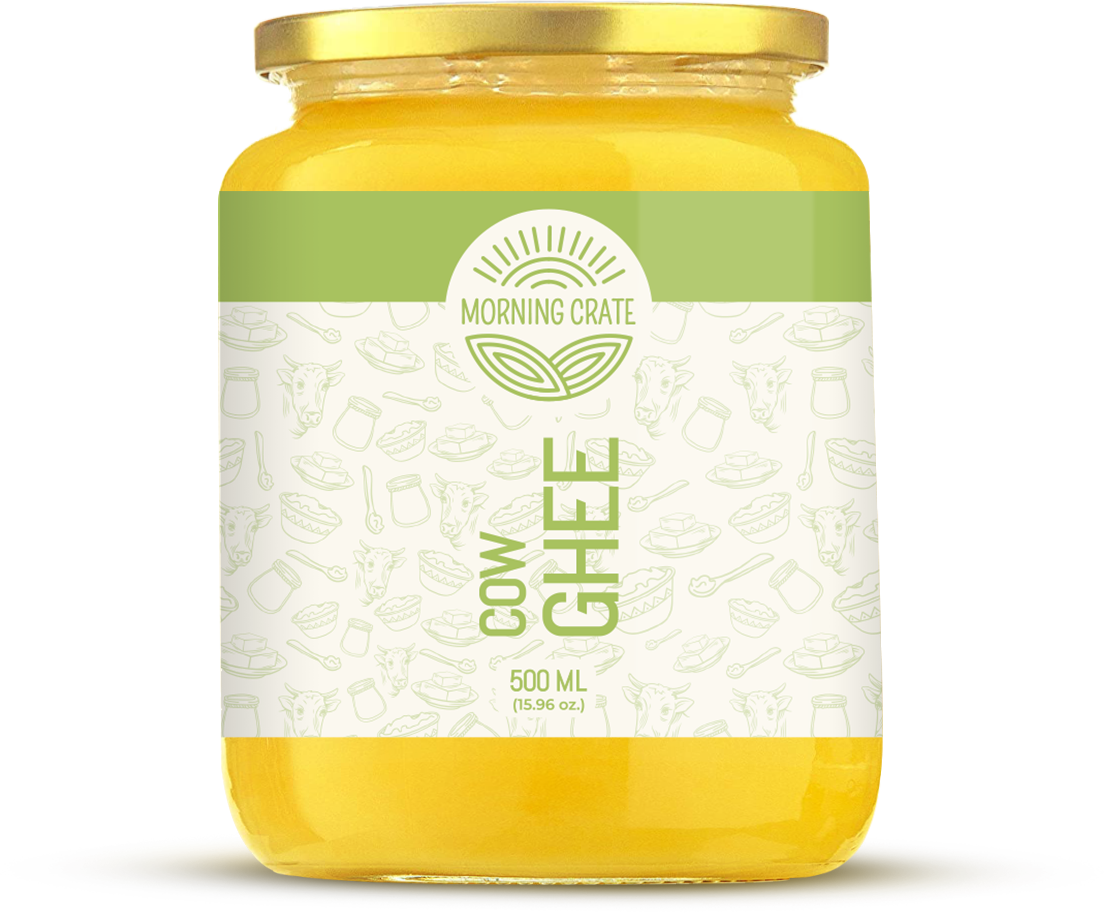Ghee, a staple in Indian kitchens for centuries, is not just a cooking ingredient but also a symbol of tradition, wellness, and purity. Among the various types of ghee, Gir ghee and other cow-derived ghees stand out for their rich nutritional value and unique production processes. But what sets Gir ghee apart, and how does the cow ghee price reflect its quality and authenticity?
In this article, we’ll explore the differences between traditional ghee varieties, the factors that influence their pricing, and why Gir ghee, in particular, has garnered such high praise.
Understanding Traditional Ghee Varieties
Ghee is essentially clarified butter, made by slowly heating butter to remove water content, milk solids, and impurities, leaving behind a golden, aromatic fat. It has been used for cooking, medicinal purposes, and even religious ceremonies in Indian culture for thousands of years. Traditional ghee, however, differs from commercially produced varieties because of the ingredients used and the method of preparation.
What is Gir Ghee?
Gir ghee is made from the milk of Gir cows, a native Indian breed known for producing A2 milk. A2 milk contains A2 beta-casein protein, which is believed to be easier to digest and offer more health benefits than the A1 protein found in regular cow’s milk. The process of creating Gir ghee is slow and meticulous, often involving traditional methods that ensure the maximum retention of nutrients and flavor.
The Distinction Between Gir Ghee and Other Cow Ghees
While ghee made from any cow’s milk can be nutritious, Gir ghee is often considered superior due to its specific health benefits:
- Digestibility: Thanks to the A2 protein, Gir ghee is easier to digest, making it suitable for people with lactose intolerance or dairy sensitivity.
- Higher Nutritional Value: Gir cows are often grass-fed and free-range, which leads to milk (and subsequently ghee) that is richer in omega-3 fatty acids, vitamins A, D, E, and K, and antioxidants.
- Unique Flavor: Gir ghee has a distinct nutty aroma and a smooth, rich taste, which enhances the flavor of dishes.
Health Benefits of Gir Ghee
- Boosts Immunity: Rich in fat-soluble vitamins and antioxidants, Gir ghee helps strengthen the immune system. The high levels of butyric acid in Gir ghee support a healthy gut and improve digestion, which is vital for overall immunity.
- Promotes Heart Health: Although ghee is a fat, Gir ghee contains omega-3 fatty acids, which are known to lower cholesterol levels and reduce inflammation, making it heart-friendly when consumed in moderation.
- Improves Skin and Hair Health: The healthy fats and vitamins in Gir ghee nourish the skin and hair, making it a common ingredient in many Ayurvedic beauty treatments. Regular consumption can lead to glowing skin and lustrous hair.
- Enhances Brain Function: Gir ghee is rich in DHA (Docosahexaenoic Acid), a type of omega-3 fatty acid that plays a critical role in brain health, cognitive function, and memory retention.
- Supports Weight Management: While it may seem counterintuitive, consuming healthy fats like Gir ghee can help regulate metabolism and promote weight loss. The medium-chain triglycerides (MCTs) in ghee are quickly metabolized for energy rather than stored as fat.
Factors Influencing Cow Ghee Price
When it comes to purchasing ghee, you may notice significant variations in the cow ghee price across different brands and types. Understanding what influences the price can help you make an informed choice about which ghee to buy.
- Source of Milk
The type of cow that produces the milk for ghee plays a crucial role in its price. Gir cow ghee, for instance, is often more expensive due to the rarity of the breed and the specific care required to raise them. Grass-fed and free-range cows typically produce higher-quality milk, which in turn yields superior ghee.
- A2 vs. A1 Protein
Ghee made from A2 milk, such as Gir ghee, is generally priced higher than ghee made from regular A1 milk. A2 milk is believed to have more health benefits and is easier to digest, which justifies its premium pricing.
- Production Process
Traditional methods of making ghee, such as the Bilona method, involve hand-churning curd to extract butter, which is then heated to make ghee. This process is labor-intensive and takes longer, but it ensures a purer and more nutrient-rich product. Ghee produced using these methods is typically more expensive than ghee made through modern, automated processes.
- Quality of Ingredients
The quality of the milk, the purity of the process, and the lack of additives or preservatives significantly affect the price of cow ghee. Authentic cow ghee made from pure, high-quality milk is priced higher because of the meticulous care taken in its production.
- Packaging and Distribution
Premium packaging, storage, and distribution methods also contribute to the final price of ghee. Glass jars, airtight containers, and eco-friendly packaging often increase the cost of the product.
- Brand and Market Position
Well-established brands with a reputation for quality may charge more for their ghee compared to smaller or lesser-known brands. This is often due to the trust and loyalty they’ve built with customers, along with investments in maintaining high production standards.
Is Gir Ghee Worth the Price?
With all the factors considered, you might wonder if the cow ghee price of Gir ghee is justified. The short answer is yes, especially if you’re seeking a product that aligns with natural, healthy living. The higher price of Gir ghee reflects the quality of the milk, the traditional methods used in its production, and the nutritional benefits it offers.
While you can find cheaper alternatives, they may not provide the same health benefits or the rich, authentic taste that Gir ghee is known for. If your goal is to invest in a product that boosts both your culinary experience and your health, Gir ghee is worth the cost.
How to Ensure You’re Getting Authentic Gir Ghee
Given the growing demand for Gir ghee, it’s important to ensure that you are purchasing a genuine product. Here are some tips to verify authenticity:
- Check the Source: Ensure the ghee is sourced from certified Gir cows. Brands that prioritize ethical and sustainable farming practices often provide information about their cows and milk sources.
- Read the Label: Look for terms like “A2 milk,” “Bilona method,” or “hand-churned” to ensure that the ghee is made using traditional methods and from A2 cow milk.
- Look for Certifications: Organic certifications and other quality marks can be a good indicator of a product’s authenticity.
- Observe the Color and Aroma: Authentic Gir ghee will have a golden hue and a distinct nutty aroma. The texture should be smooth and slightly grainy, indicating purity.
Conclusion
When it comes to traditional ghee varieties, Gir ghee stands out for its superior nutritional profile, digestibility, and rich flavor. Though the cow ghee price may vary depending on the source, production method, and quality, investing in premium ghee is an investment in your health.
Whether you choose Gir ghee for its unique A2 protein benefits or other cow ghees for their affordability, it’s important to prioritize purity and authenticity. With the right ghee, you can not only elevate your cooking but also reap long-term health benefits, making it a valuable addition to your daily diet.

